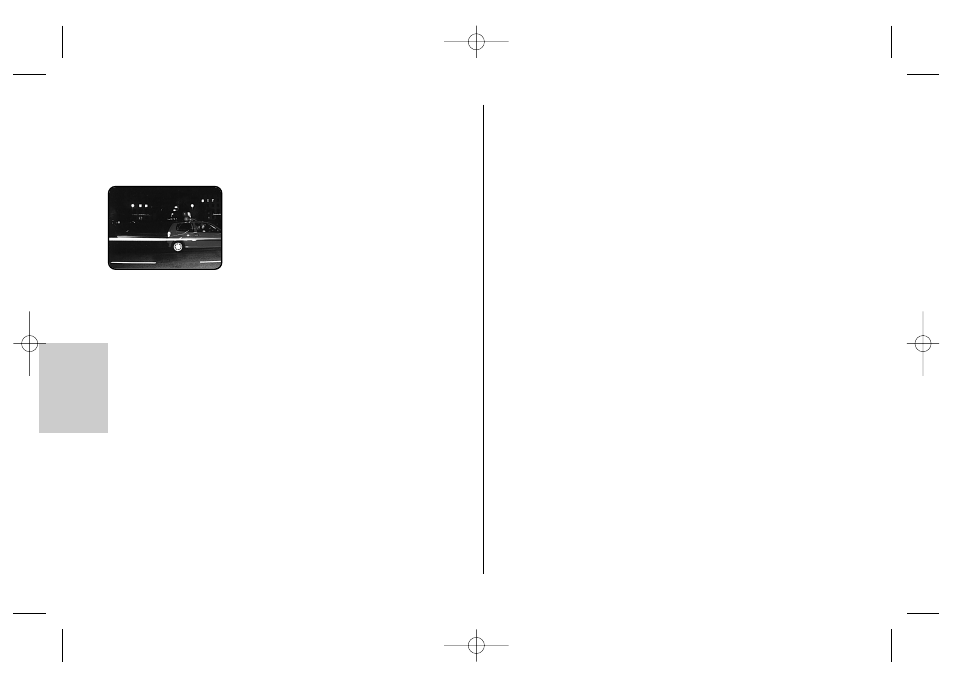Metz MECABLITZ 58 AF-2 digital Sony User Manual
Page 130

130
ķ
15.2 Second curtain synchronisation (2nd curtain, SLOW2)
Some cameras offer the option of second-curtain synchronisation (2nd curtain
mode), in which the flash unit is not triggered until the end of the exposure
time. This is particularly advantageous when used with slow shutter speeds (slo-
wer than 1/30 sec.) and moving subjects that have their own source of light.
With second-curtain synchronisation, a moving light
source will trail a light streak instead of building one
up ahead of itself, as it does when the flash is syn-
chronised with the first shutter curtain. Second-curtain
synchronisation thus produces a more „natural“ image
of the photographic situation when there are moving
light sources. Depending on its operating mode, the
camera sets shutter speeds slower than its sync speed.
The synchronisation of the 2nd shutter curtain is set on the camera (see the
camera's operating manual)!
Use a tripod to avoid camera shake with slow shutter speeds!
15.3 Slow synchronisation / SLOW
Various cameras feature slow flash synchronisation in certain modes. This set-
ting will give added prominence to the background at lower ambient light
levels. This is achieved by matching the shutter speed to the ambient light.
Accordingly, shutter speeds that are slower than the flash sync speed are auto-
matically adjusted by the camera. Some cameras automatically activate SLOW
synchronisation in connection with certain camera programs (e.g. „Av“ apertu-
re priority, night shots program, etc.). No settings are made on the flash unit nor
is there any display for this mode.
Use a tripod to avoid camera shake with slow shutter speeds!
☞
☞
15.4 High speed synchronisation HSS
Various cameras support the automatic high speed synchronisation HSS (see
your camera's operating instructions). This flash mode makes it possible to use a
flash unit even with shutter speeds that are faster than the flash sync speed.
Interesting results may be achieved in this mode when, for example, a wide
open aperture (e.g., F 2.0) is used to limit the depth of field. The flash unit sup-
ports high speed synchronisation in TTL (TTL HSS) and M modes (M HSS).
For physical reasons, however, HSS high speed synchronisation significantly
reduces the guide number and the maximum range of the flash unit. Therefore,
be sure to note the maximum flash range on the LC display of the flash unit.
HSS high speed synchronisation is activated automatically if a shutter speed
faster than the flash sync speed is set on the camera, whether manually or auto-
matically by the exposure program.
Note that in the case of HSS high-speed synchronisation the guide num-
ber of the flash unit also depends on the shutter speed. The faster the
shutter speed, the lower the guide number. The settings are made in the
Mode menu.
15.5 Preflash function for red-eye reduction
Various cameras offer the possibility to activate a preflash for red-eye reduction.
This function only supports the flash unit integrated in the camera. It does not
support external flash units
☞
709 47 0245.A1 58 AF-2 Sony 27.08.2010 11:16 Uhr Seite 130